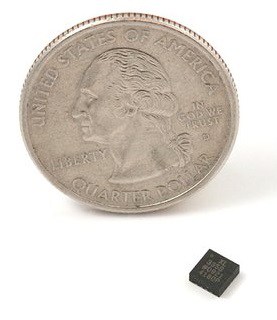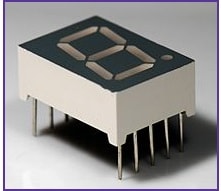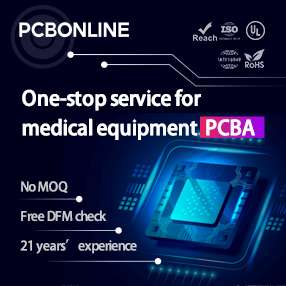Interfacing analog Joystick with AVR

In this tutorial, we are going to learn something interesting which is already sued by many people to play games. Yes, the analog joystick which is used to control the motion of a vehicle or a character. They are also used to control the movement of an RC car or maybe an RC helicopter. Usually, all the joysticks are two-axis joysticks. The ‘y’ axis moves the object forward or backward, while the ‘x-axis is generally used to move the object left or right. These joysticks are available both in digital and analog outputs. The digital joystick gives pulse width modulated output but is more costly than the analog output joystick. In this tutorial, we will get the input from the joystick from both the ‘x’ and the ‘y’ axis, convert the analog data into a digital value, and then display the data into LCD. Before starting the tutorial, I will recommend you to read the LCD tutorial, if you haven’t, which can be found in the AVR tutorial section. Also, before displaying the data, there will be some minor calculations…






